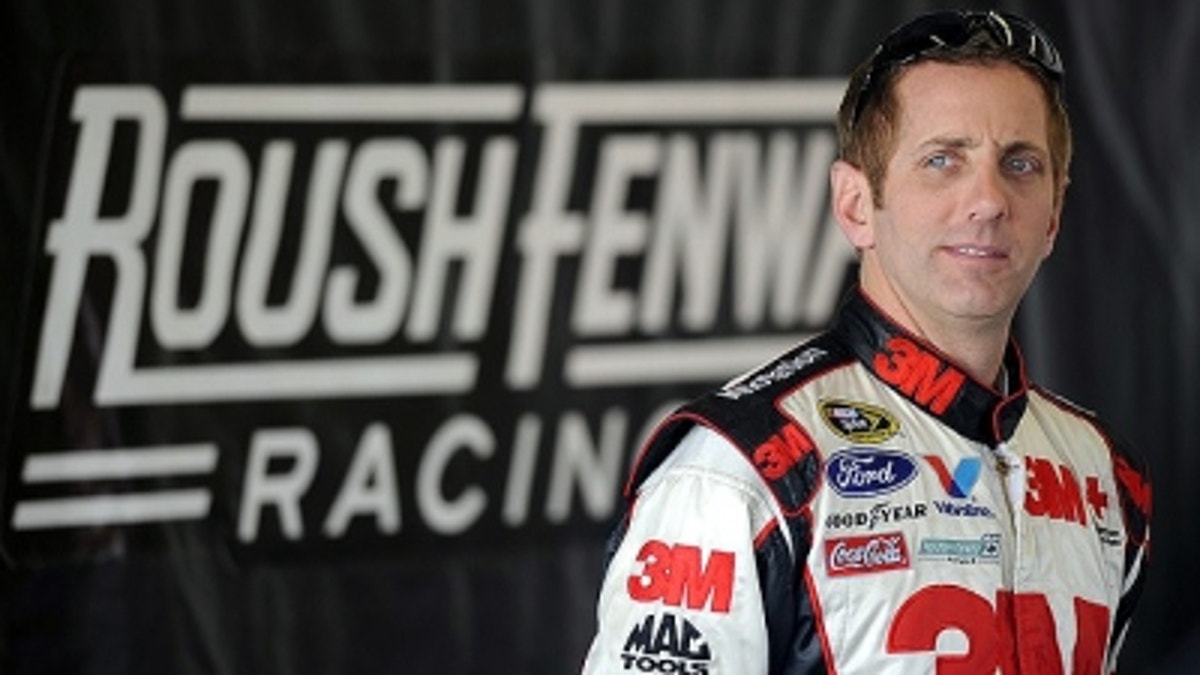
Garage-area personnel have been glued to computer monitors at Daytona International Speedway this weekend, watching the numbers roll up after every lap, keeping track of every minor gain in speed by both friend and foe.
In reality, though, the more important numbers haven’t appeared yet. Those will arrive in February when teams return for hours and hours of practice leading to the Sprint Unlimited (formerly the Shootout) and the Daytona 500. Test speeds in the draft here this week have approached 200 miles per hour, and, without intervention by NASCAR in the context of rules changes, speeds will roll past 200 when the track opens again next month and teams reveal the “good” stuff.
Then, when everybody pretty much understands how fast everybody else is, drivers will start to try to figure out how to win the 500. And that involves figuring out the last 10 laps. And some luck.
“I wouldn’t say it comes down to luck, but the end of these things, people are pushing and shoving and someone gets sideways and comes out of the gas and your lane slows down, guys get broke up at the end,” said Greg Biffle. “It is just so hard to predict what is going to happen. When is the right time to pass? In the final restart of this race last year, I debated whether to try to pass Matt (Kenseth, the eventual winner) at that point, but I felt like I wanted to wait to the white flag to make my move there on the white flag.
“That is the biggest thing. You don’t want to make your move too soon. Then Tony (Stewart) and those guys got a big run and broke us apart. We were split up and coming down the backstretch to the white. You just never know. You can look back at that and think that you should have gone around him then, but you just don’t know what is going to happen.”
You just don’t know what is going to happen. And therein lies the great mystery of the 500. Despite months of car-building and fine-tuning and hours of practice and pondering, you just don’t know what is going to happen.
And that will be especially true this year with the arrival of the Gen-Six race car, a new animal.
“It is definitely challenging,” Biffle said. “The one good thing we have going for us is that the chassis is like 80 percent the same. The chassis part of the car is quite a bit the same. In fact, this is our 500 car from last year, what we have here today.
“The body is different, and the rear axle housing is different. The way the setup is, the axle in the car is straight and all the new rules make it a lot different, yet underneath there is a lot that is the same. It is definitely a challenge for the guys because the cowls are different and the hood is different. There is so much that is different that they are used to touching and feeling and working on that they have to get used to. It is challenging for everybody.
“They are always changing stuff inside the car and getting better gauges, and there is more and more data and the engine guys want something different in there. Unfortunately, with the data there is a report card, too. They can see what we are doing, what RPM we shifted at.”
Biffle said gains this week have been small.
“We have made very, very little gains on the race cars because they have them so good at the shop now that it is amazing when you come to the track,” he said. “You can’t find a whole lot to make them better.”
Mike Hembree is NASCAR Editor for SPEED.com and has been covering motorsports for 31 years. He is a six-time winner of the National Motorsports Press Association Writer of the Year Award.
